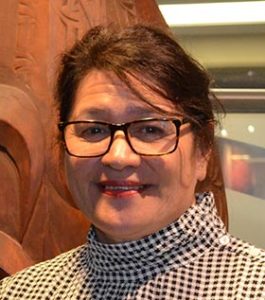Te Whatu Ora this week released its health workforce plan for 2024–2027.
It identifies two broad areas of focus: Modernising care through technology and new approaches; and improving workforce supply, by training more health workers locally and faster overseas recruitment.
‘It is entirely drawn from operating within a constrained funding environment and repeatedly cites workforce planning around ‘living within our means.’

But Nuku said its hope to train more local health workers “rang hollow” given how Te Whatu Ora had failed hundreds of new graduates. Nor had there been any improvement in Māori and Pacific nurse numbers over many years to better reflect their populations.
“Māori nurses are 7.5 per cent of the nursing workforce but Māori are 20 per cent of the population. Te Whatu Ora needs to properly invest in Māori-focused programmes, continue to fund effective initiatives to increase recruitment and retention of the Māori workforce and grow mātauranga Māori specialists,” Nuku said.
Pacific nurses are four per cent of the nursing workforce, but people who identify as Pacific are nine per cent of the population, Nursing Council data suggests.
Nuku said the whole plan appeared to be focused on capping costs, not patient need.
“It is entirely drawn from operating within a constrained funding environment and repeatedly cites workforce planning around ‘living within our means’ and ‘ensuring more sustainable workforce translates to a more financially sustainable system’.”
Instead, she said Te Whatu Ora needed to employ enough nurses to safely care for patients. That meant removing its current pause on safe staffing calcuations, and implementing safe nurse-to-patient ratios.

Better health workforce planning, for now and the future, was needed, she said.
In the plan, Te Whatu Ora chief executive Margie Apa said an ageing population and more complex health conditions meant health system had to “work differently to remain sustainable and affordable”.
It outlines five priorities for the next three years:
- Getting workforce basics right like ensuring New Zealand is training the workers it needs and retaining students with financial and cultural support.
- Improving productivity through technology.
- Keeping people in the community, including with more nurse practitioners.
- Grow parts of the workforce that will help achieve the Government’s five health targets such as anaesthetic technicians and mental health nurses.
- Improve diversity and inclusiveness of the health workforce, including Māori and Pacific.
The plan estimates “if nothing changes” New Zealand will need 4100 more nurses, 3450 more doctors and 4450 more allied health workers by 2033.
But nothing changing was “not tenable” and New Zealand needed to adapt its workforce to increase specialisation and “top of scope” work for nurses. A bigger “allied workforce” would also allow more affordable care.
Apa said the plan sets out the first of a three-year “journey we want to take”.


